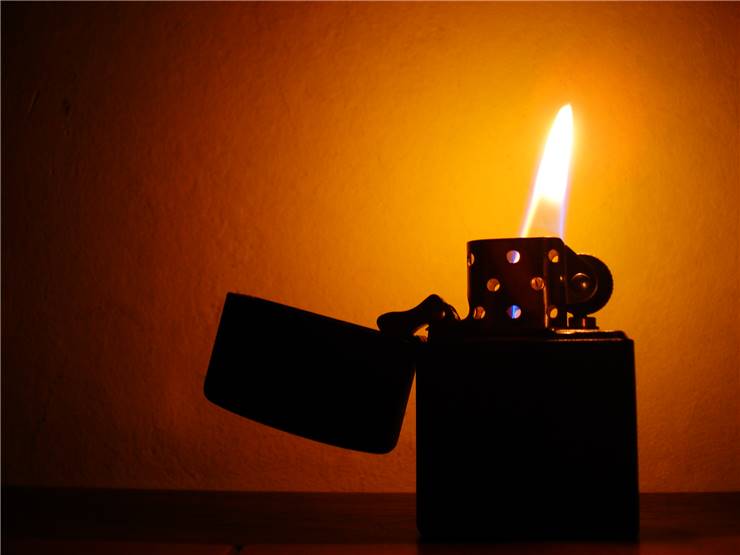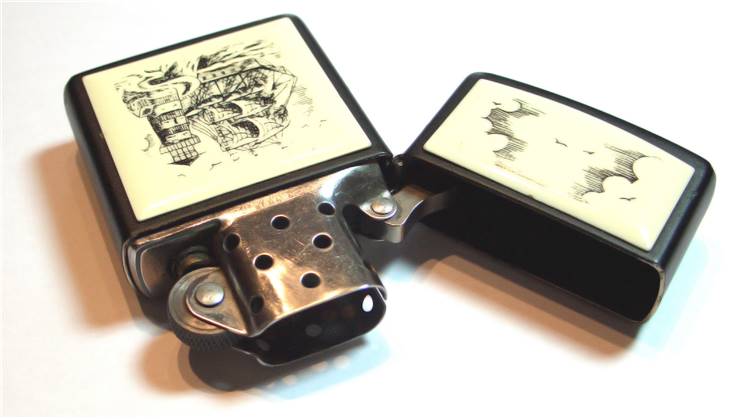History of Lighters - How Lighter Was Made?
With the increased focus on creating self-igniting friction matches during 19th century, European scientists, engineers and chemist also focused much of their attention to developing lighters -portable devices that generate stable and consistent flame by combining flammable liquids of pressurized gasses with a spark. This early attempts marked the start of the new industry of devices that would soon become so advanced, easy to manufacture, easy to use and cheap that they will reach all four corners of the world, enabling us all to create fire from small reliable device.
First lighter was invented in 1823 with the effort of the famous German chemist Johann Wolfgang Dobereiner (1780 - 1849). His lamp which was soon named as “Döbereiner's lamp” marked the start of an era where fire could reliably be created in an instant. This device had simple design – zinc metal reacts with sulfuric acid, creating flammable gas hydrogen that burst to flame when it meets sparks at the mouth of the container. Because the device was very large, hard to, use and highly dangerous, it never managed to gain large popularity and was produced only in limited quantities during its lifetime from 1823 to the end of 19th century.

Before modern day lighter could be made, many inventors spent years of their life developing various techniques of improving ordinary match. English chemist John Walker created first friction match in 1826, Hungarian chemistry student Janos Irinyi invented “Noisleless Match” in 1836, Frenchman Charles Sauria added dangerous white phosphor as main ingredient, and Gustaf Erik Pasch discovered “Safety Match” in 1844. However, the first significant innovation in lighter industry after Döbereiner's lamp came in 1880 with the patenting of patenting of ferrocerium by Carl Auer von Welsbach in 1903. This creation enabled the birth of modern small and portable lighters, and its small flint that could create tremendous amount of sparks played a crucial role in its popularization.
After creation of ferrocerium, many manufacturers around the world started creating their own lighter design using naphtha, gasoline and kerosene. One of the first popular models of lighters came from company Ronson, which started produced large quantities of their Pist-O-Liter (1910) and Wonderlite (1913). They both used naphtha as a fuel source. In 1932, famous company called “Zippo” was founded by George G. Blaisdell, and their legendary lighter immediately become instant success. By claiming to have unmatched reliability, life time warranty and “wind-proof” flames, this lighter remained infused itself into the popular culture of North America, where it remains highly popular even today.
The first truly “automatic” lighter came in 1926 form the Ronson Company. This model called “Banjo” enabled users to press button which will create flame, and release button which will extinguish the flame. By late 1920s, there were four main types of lighter in use – manual strikers, semi-automatic, automatic, and striker lighters.
In the 1950s, the main fuel source for lighters became butane. This enabled creation of really light and disposable lighters that quickly spread all around
the world. Another modern innovation came in the form of piezoelectric spark, which replaced flint wheel.


